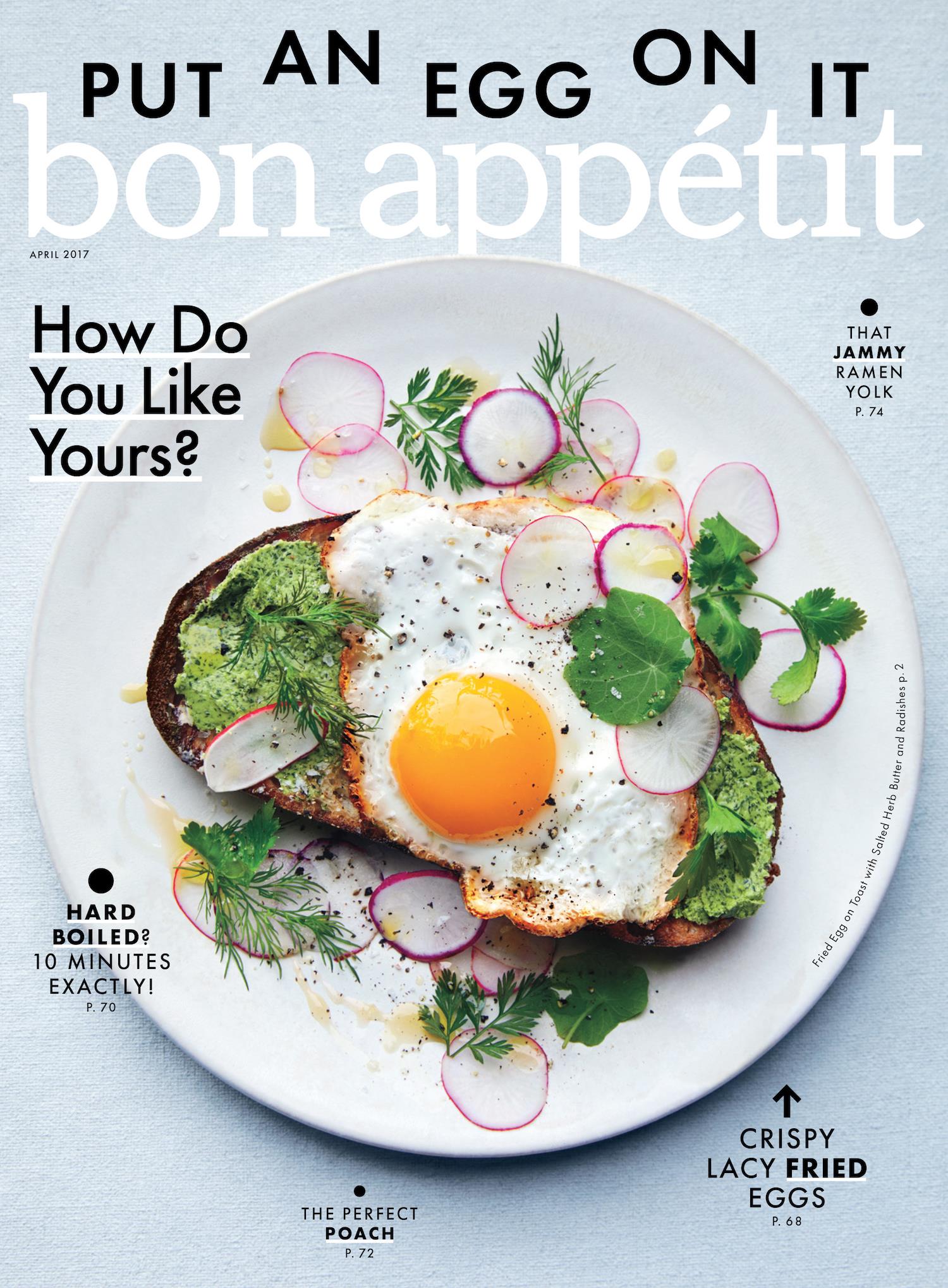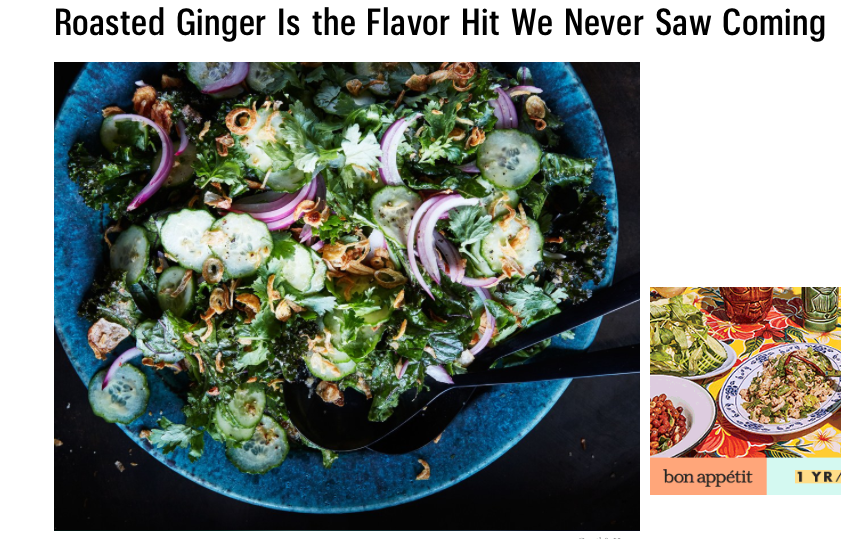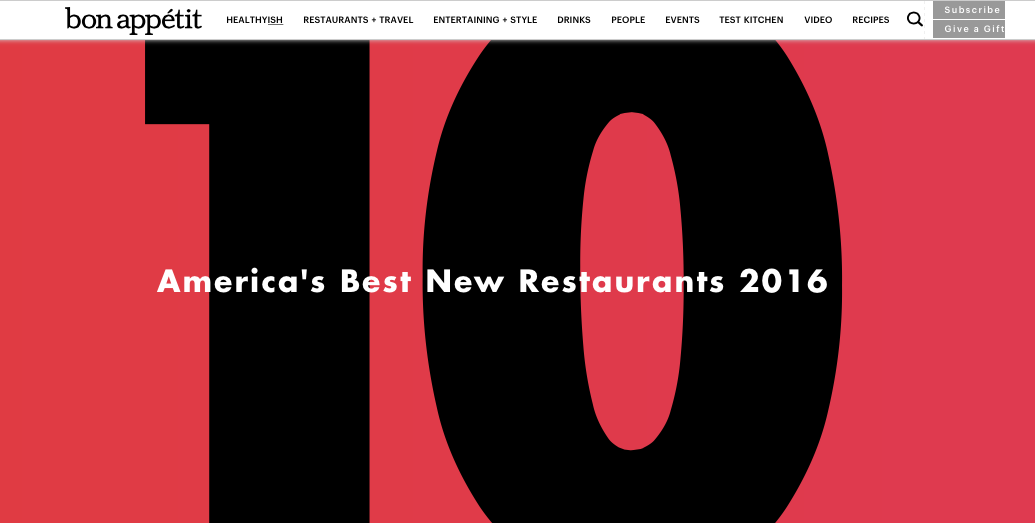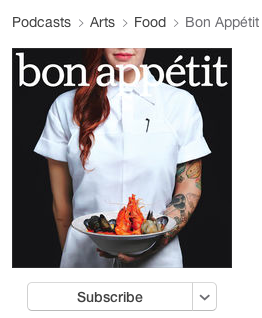How Condé Nast’s Bon Appétit approaches content strategy
Polis recently shared more on this at the Alberta Magazine Publishers Association conference in Calgary, Alberta, Canada.

It’s not only the digital landscape that has changed over the last number of years, but the digital food landscape, Polis explained. And staff have to keep up with that.
Engaging different audiences
Bon Appétit as a magazine brand are tasked with creating content for completely different groups of audience, Polis explained. “We’re not one size fits all,” she said. “Because we have so many platforms, we are using the same content and chopping it up and putting a different hat on it. Each audience we have on each of our platforms is very different.”
The print magazine, for example, attracts high-income, middle-aged adults. The website skews towards millennial females, the new verticals attract a certain younger demographic, and the video and podcasts, again, attract different audiences, she said.

“We’ve tried to take all of these audiences into account,” Polis said.
Being ‘an authority’
Overall, however, “we stay true to our core mission,” she said. “In a landscape saturated with food content, we want to be an authority.”
To do this, they test recipes over and over again in their test kitchen and publish the best. “It’s hard when the digital space demands continuous content. We do test our recipes and can’t produce content that quickly.”
Get stories like these directly in your inbox. Subscribe to our (free) FIPP World newsletter.
Adapting for platforms
For Bon Appétit, the key is how they turn print content into digital content. There are some sections of the print magazine that work really well in the digital space. For example, weeknight recipes find a lot of success, Polis explained.
“We find online people don’t care about the package, but they love an individual recipe,” Polis said. “Little snippets of content, like, ‘Why you should be roasting your ginger’ looked great as a snippet. Online, people loved it. They’d never done that before, it was something new.”

They also discovered patterns, and that their online audiences didn’t much care for large packages of content. Instead, she suggested to separate and make those into different, smaller pieces of content.
Big releases
Polis also outlined how the Bon Appétit team goes about orchestrating some of its biggest, most popular content packages each year.
The Hot 10: America’s best new restaurants is one of the biggest digital launches of the year for Bon Appétit. It is a huge deal in print and online, Polis said. It takes a lot of work leading up to this package each year, and staff start work on it in March for launch in August. Staff also discuss how it will roll it out on social media and what they want to do for video, she explained.

“What happens in the magazine is very different than what happens online,” she said. “It takes an insane amount of research and there is a lot of fact-checking. Anything happening in the dining scene goes into this issue. A lot of thought goes into how it feel as a package.”
On the digital side, The Hot 10 is one of Bon Appétit’s biggest traffic moments of the year. Each year, they build on techniques, content and tech that was successful in previous years. “It’s a point of pride for restaurants across the country,” Polis said. “We love to spread the good food word around the country.”
“And at 6am on the big day, there’s immediate reaction of adrenaline and excitement,” Polis said. “It’s a nice moment, chefs are crying and restaurants are booked out two months.”
It’s ‘about the moment’
What they’ve learned from the Hot 10, is that this particular content package is a short game more than a long game, she said. “This is about one moment. How do you get people excited about this? We want to figure out how to make people click on ours.”
Defining success
Success, for Polis and the Bon Appétit team, is measured in various ways. Success is defined by whether the team is proud of the piece, of the package, of the content, she explained. “If we’re proud of something we put out and we know we worked hard on it, then that is a success. Otherwise, we don’t stand for anything,” she said. “If we just look at numbers all day, we’re going to dilute the brand in a pretty major way. There is a danger in only caring about numbers.”
Bon Appétit measures traffic-related KPIs like uniques, Facebook page growth and Instagram following growth. They measure engagement, defined by comments on Facebook and how many people liked posts on Instagram.
They also measure their brand recognition. For example, Bon Appétit launched a podcast about the same time Serial came out, and it has been hugely successful for the brand, Polis said. “It’s not a huge revenue driver for us, but it has grown into something we’re starting to monetise.” Morever, the podcast has been great for brand recognition.

In the end, revenue is of course the big measure of success for Bon Appétit. “If we are putting out a great product, that makes it easier for our sales team to sell,” Polis said. “When we have really fun, creative ideas, we can tell the sales team we want to do something and if they can find someone to help us pay for those costs, that’s great. It means we can do something really cool.”
Staying on top of trends
While Polis acknowledges it’s a challenge to morph content for multiple platforms, it’s also hard to predict what’s going to be the next big platform.
“When we’ve mastered a platform, all of a sudden a new one pops up. It feels like a whac-a-mole, and all of a sudden we have to be experts on it and that takes time,” she said.
In a nutshell
“We have big traffic growth, we’re selling more for digital than ever before, we’re making money, and we have so much more to learn and evolve.”
More like this
Condé Nast launches Healthyish, a new brand from Bon Appétit
The continued power of special interest media – across all platforms
[Congress Q&A] Axel Springer’s special interest magazines are booming in Germany
Former Condé Nast exec turned VR pioneer sounds a wake-up call for publishers
One company’s ‘blueprint’ for magazine media to thrive
FIPP World Congress 2017 | Meet the speaker: Wolfgang Blau, Condé Nast International
Condé Nast and Joe Media on creating a sustainable video strategy
Digital media strategy: verticals, consolidation and the ‘squeezed middle’








